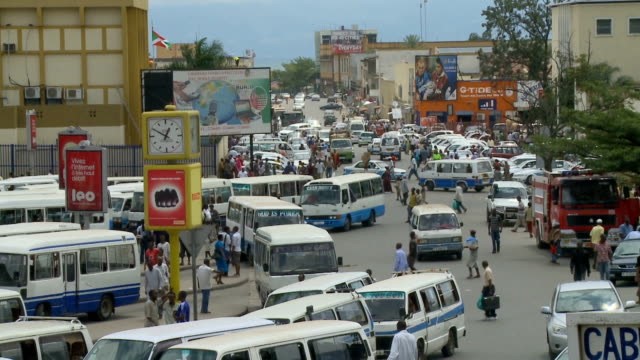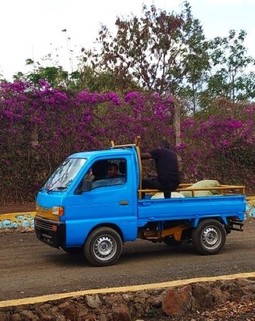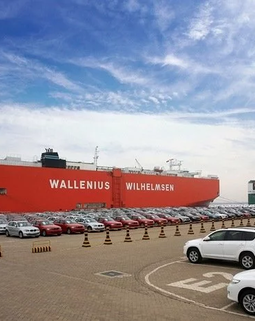In the dynamic landscape of today's automotive market, Tanzanian buyers are increasingly seeking vehicles that not only align with their specific needs but also offer a guarantee of quality and dependability. Through meticulous research, we've identified key aspects contributing to quality assurance in the car-buying process in Tanzania, which witnessed a 4.9% increase in sales, totaling 3,153 vehicles in 2022.
Market Trends and Potential
December marked the 5th consecutive month of growth, reporting a notable 16.3% increase with 200 new light vehicle sales. This trend indicates a growing room for new buyers, with the potential for further increases in the coming years. Despite this, a Sagaci Research survey from December 2019 reveals that only 6% of Tanzanian households own a car, highlighting substantial untapped potential in the automotive market.
Buyer-Seller Dialogue: Unveiling Three Key Points
Engaging with buyers and sellers in Tanzania, we delved into conversations to identify common ground that ensures a safe and fruitful environment for car transactions. Three crucial points emerged, unanimously agreed upon by both parties, promising a secure space for buying and selling vehicles.
Information Transparency
Buyers strongly desire detailed and accurate information about the vehicles they are interested in. Beyond standard specifications and performance data, they seek comprehensive insights into safety ratings, fuel efficiency, and operational costs. This transparent information empowers buyers, enabling them to make well-informed decisions and understand the full scope of a vehicle's features, capabilities, and limitations.
Assurance of Quality of Vehicle
Beyond functionality, buyers emphasized the need for information that goes beyond the basics. Comprehensive details about various car options and models available are crucial. This includes information on manufacturers, models, trim levels, size, body type, seating capacity, and cargo space.
Additionally, buyers are keen on understanding fuel efficiency and operational costs, especially those considering vehicles for business purposes like Uber or Bolt. Maintenance and service requirements and insights into the availability and cost of spare parts were highlighted as key considerations. Resale value and depreciation information were particularly valued by buyers planning for future trades or sales.
Tailoring to Buyer Needs
Understanding the unique needs of buyers, especially regarding the vehicle's intended use, emerged as a critical factor. Sellers are advised to inquire about the buyer's location and how they plan to use the car. This insight is particularly relevant for buyers who may face challenges sourcing spare parts in their region, as highlighted by a technician working for a large government company.
Conclusion:
A collaborative approach between buyers and sellers is essential in navigating the Tanzanian automotive market. The identified key points of information transparency, assurance of the quality of the vehicle, and tailoring to buyer needs serve as the foundation for building a secure and thriving automotive ecosystem in Tanzania.





